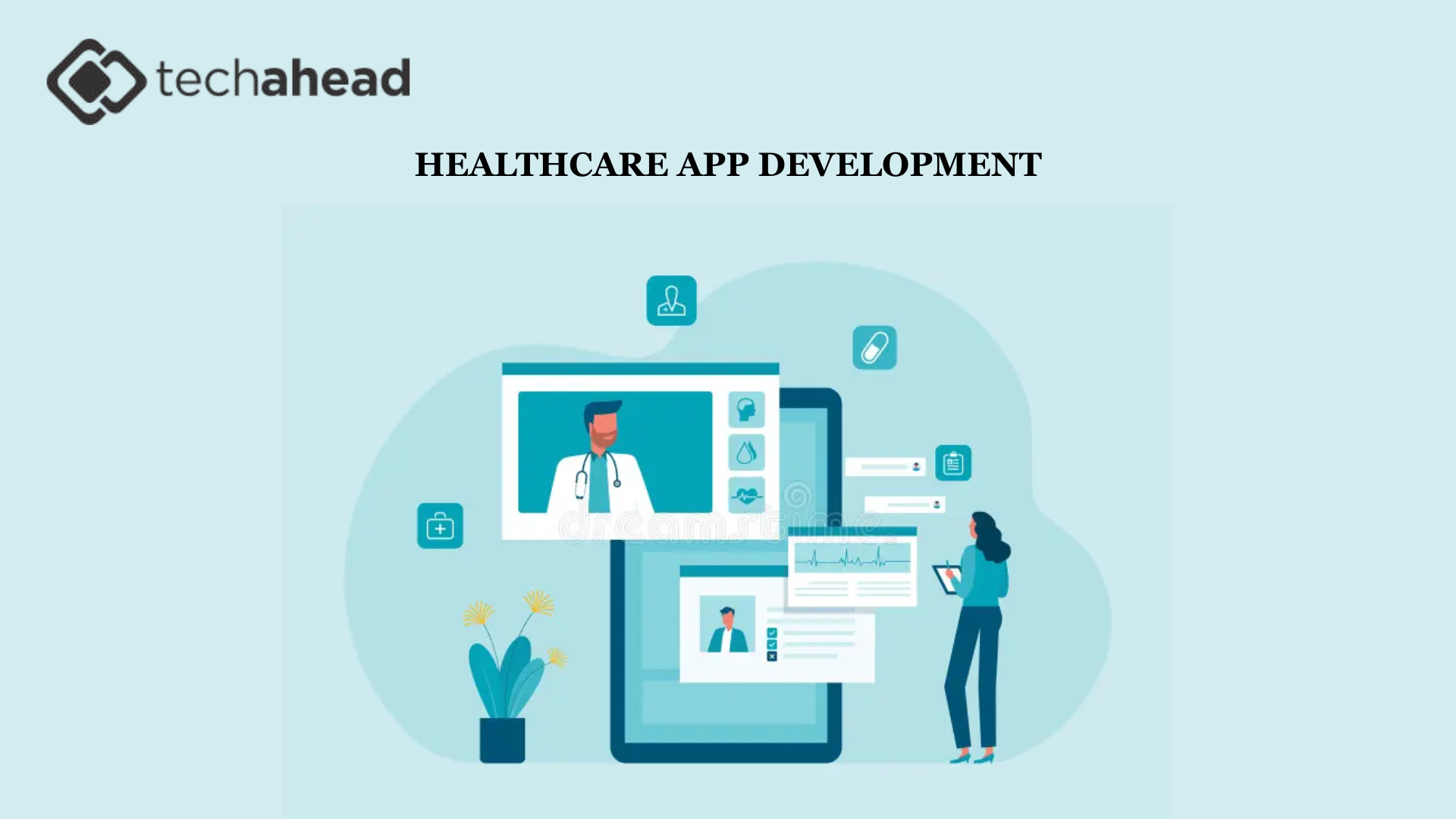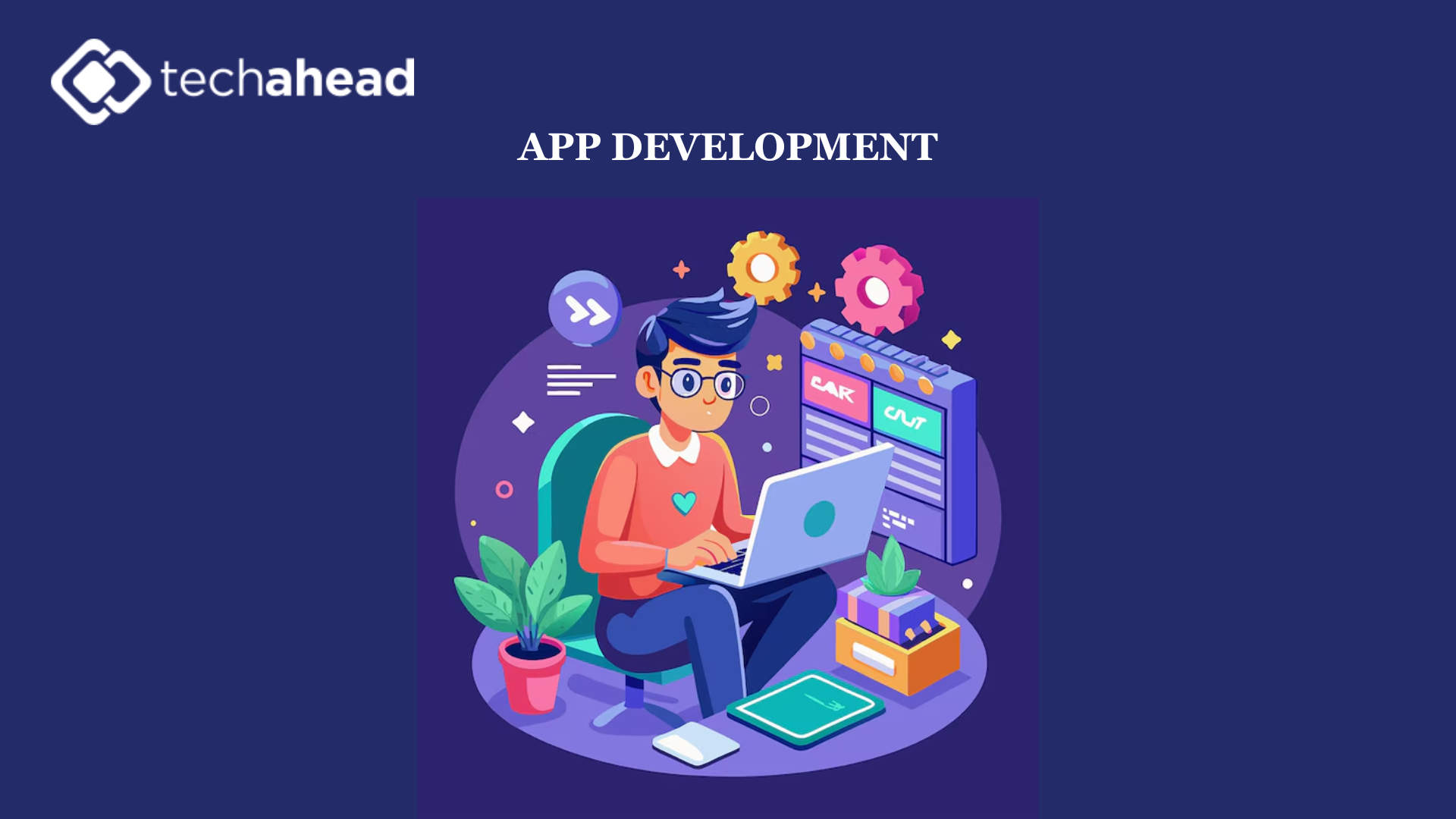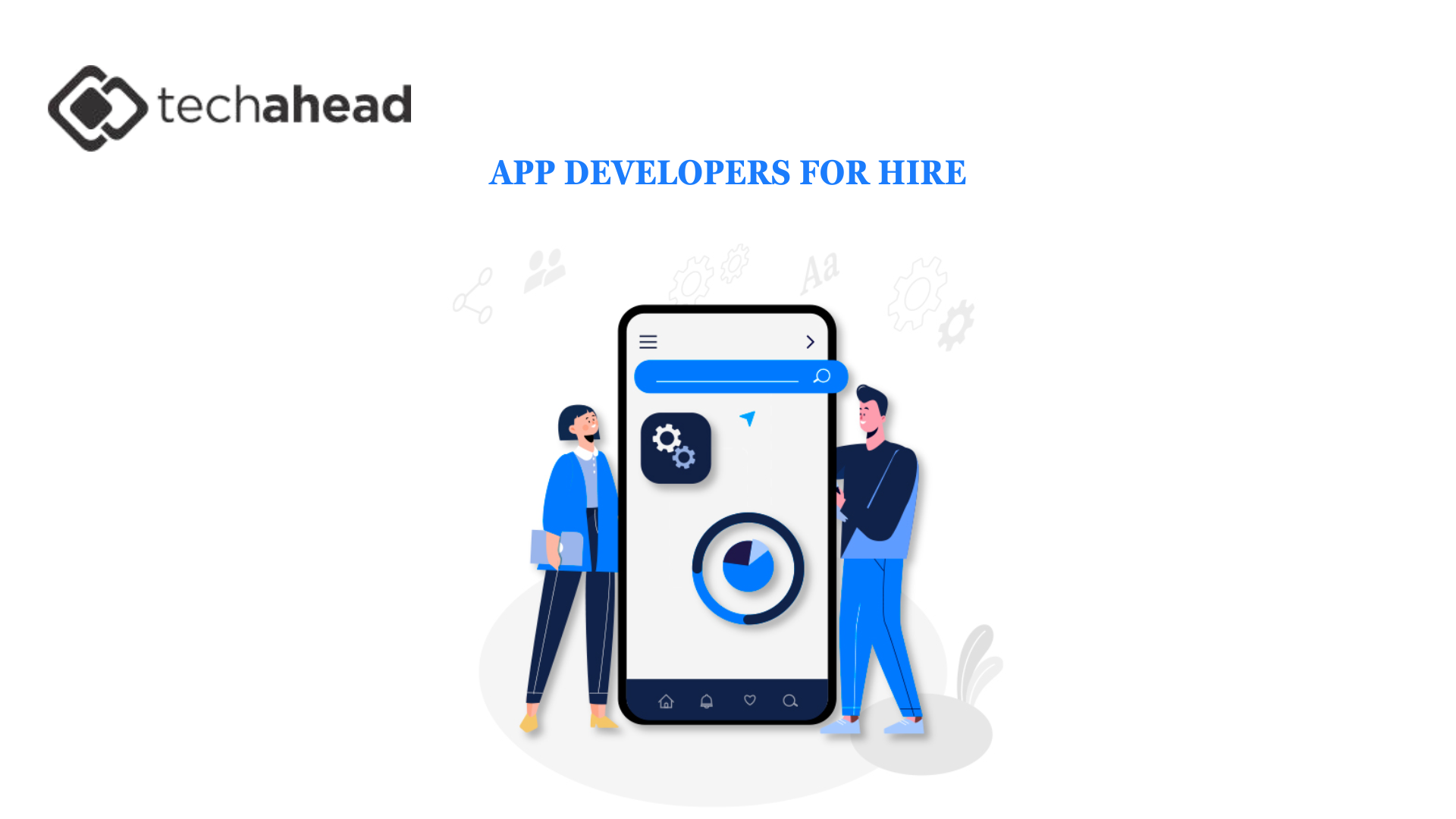How React Native Can Accelerate the Development of Telemedicine Apps?

Telemedicine has taken center stage in the healthcare revolution, offering patients the convenience of virtual consultations and remote monitoring. In this rapidly evolving landscape, the demand for agile and efficient mobile app development frameworks has surged.
One such standout is React Native. Developed by Facebook, React Native enables developers to build mobile applications for both iOS and Android using a single codebase. This cross-platform capability makes it a favorite among tech teams looking to deliver quality apps quickly. A seasoned React Native app development company can help healthcare organizations bring telemedicine solutions to market faster, without compromising on performance or user experience. Let’s explore how React Native is transforming the telemedicine app development process.
Why React Native is a Game-Changer for Telemedicine?
Faster Time-to-Market
Speed matters in healthcare innovation. React Native allows developers to write one set of code for both Android and iOS platforms, significantly cutting down development time. For telemedicine startups or healthcare providers aiming to respond swiftly to patient needs, this speed can be a game-changer.
Cross-Platform Compatibility
Telemedicine apps need to be accessible across devices to maximize reach. React Native’s cross-platform nature ensures that a consistent user experience is delivered, whether a patient is using an iPhone or an Android tablet. This uniformity also simplifies maintenance and updates.
Rich User Experience
User experience is paramount in healthcare. React Native supports native UI components and performance optimizations, resulting in smooth animations and responsive interfaces. Patients can book appointments, consult doctors, and access records seamlessly, all within a well-designed app interface.
Access to Third-Party Plugins and APIs
React Native has a vast ecosystem of libraries and plugins. This means developers can easily integrate essential telemedicine features such as video calling, geolocation, payment gateways, and electronic health records (EHR) access. Leveraging these ready-made tools accelerates the development cycle and adds powerful capabilities.
Core Features Enabled by React Native in Telemedicine Apps
Real-Time Communication
React Native supports WebRTC and other third-party libraries that enable real-time audio and video calling. This is essential for virtual doctor consultations and remote patient monitoring.
Secure Patient Data Handling
Security and compliance are non-negotiable in healthcare. React Native allows integration with secure back-end systems that adhere to HIPAA and other data protection regulations. Developers can implement robust authentication protocols and encrypted data storage.
Multi-Language Support
Telemedicine apps often serve a diverse population. React Native’s localization support allows developers to build apps that cater to users in different languages, enhancing accessibility and user satisfaction.
Scalability and Future-Proofing
Telemedicine solutions need to scale quickly to meet increasing demand. React Native’s modular architecture and ease of integration with cloud services make it ideal for scaling. Whether you're adding more features, supporting more users, or expanding to new markets, React Native can grow with your needs. Additionally, updates and new functionalities can be rolled out seamlessly without disrupting existing services.
Developer Productivity and Community Support
One of React Native’s biggest strengths is its vibrant community and extensive documentation. Developers have access to countless tutorials, open-source libraries, and forums, making problem-solving faster and more collaborative. Features like hot-reloading also enhance developer productivity, allowing instant preview of changes without rebuilding the app from scratch.
Secure Video Conferencing
Video consultations are the heart of telemedicine. With React Native, integrating secure video conferencing tools is straightforward, ensuring real-time communication between doctors and patients.
Appointment Scheduling
Patients should be able to book, reschedule, or cancel appointments with just a few taps. React Native makes it easy to build responsive scheduling interfaces.
Challenges to Consider for React Native Use for Telemedicine
While React Native offers numerous advantages, there are challenges too. Complex animations or functionalities that require deep access to device hardware might still benefit from native development. However, for most telemedicine app requirements, React Native strikes the perfect balance between speed, cost, and quality.
Conclusion
React Native has emerged as a powerful ally in the telemedicine revolution, enabling faster, more efficient, and cost-effective app development. Its cross-platform nature, combined with robust performance and rich features, makes it an ideal choice for building modern healthcare solutions.
With the guidance of an experienced healthcare app development company, you can harness the full potential of React Native to deliver secure, scalable, and user-friendly telemedicine applications. Whether you're a startup or an established provider, React Native can help you reach patients more effectively and improve the overall quality of care.
Note: IndiBlogHub features both user-submitted and editorial content. We do not verify third-party contributions. Read our Disclaimer and Privacy Policyfor details.







